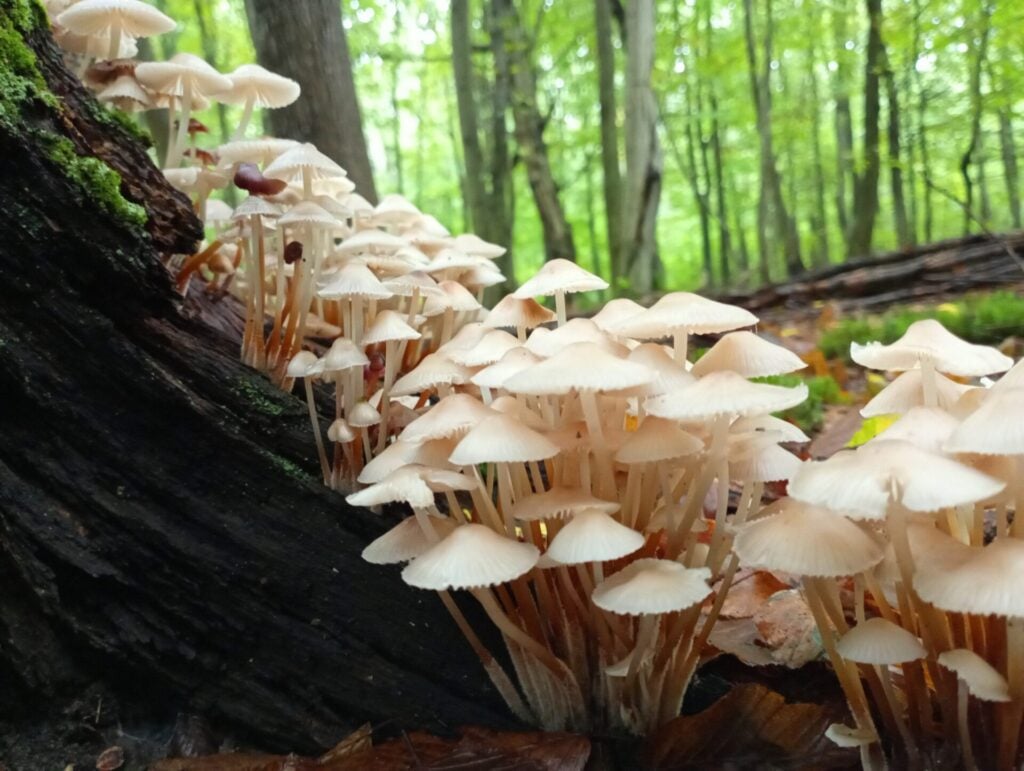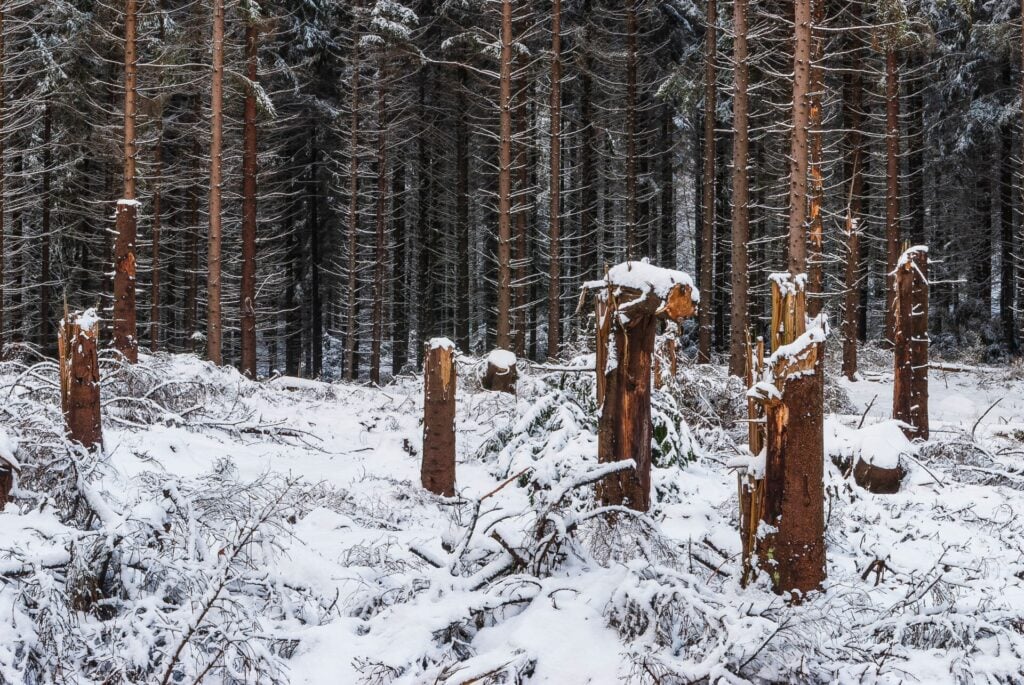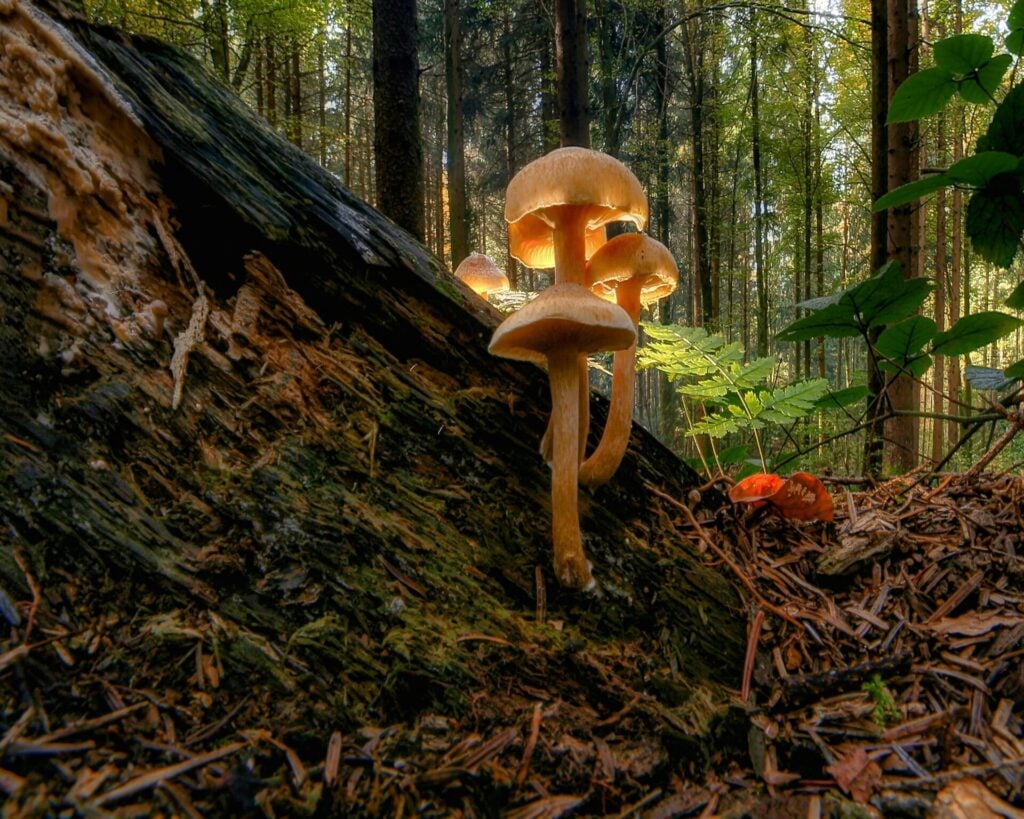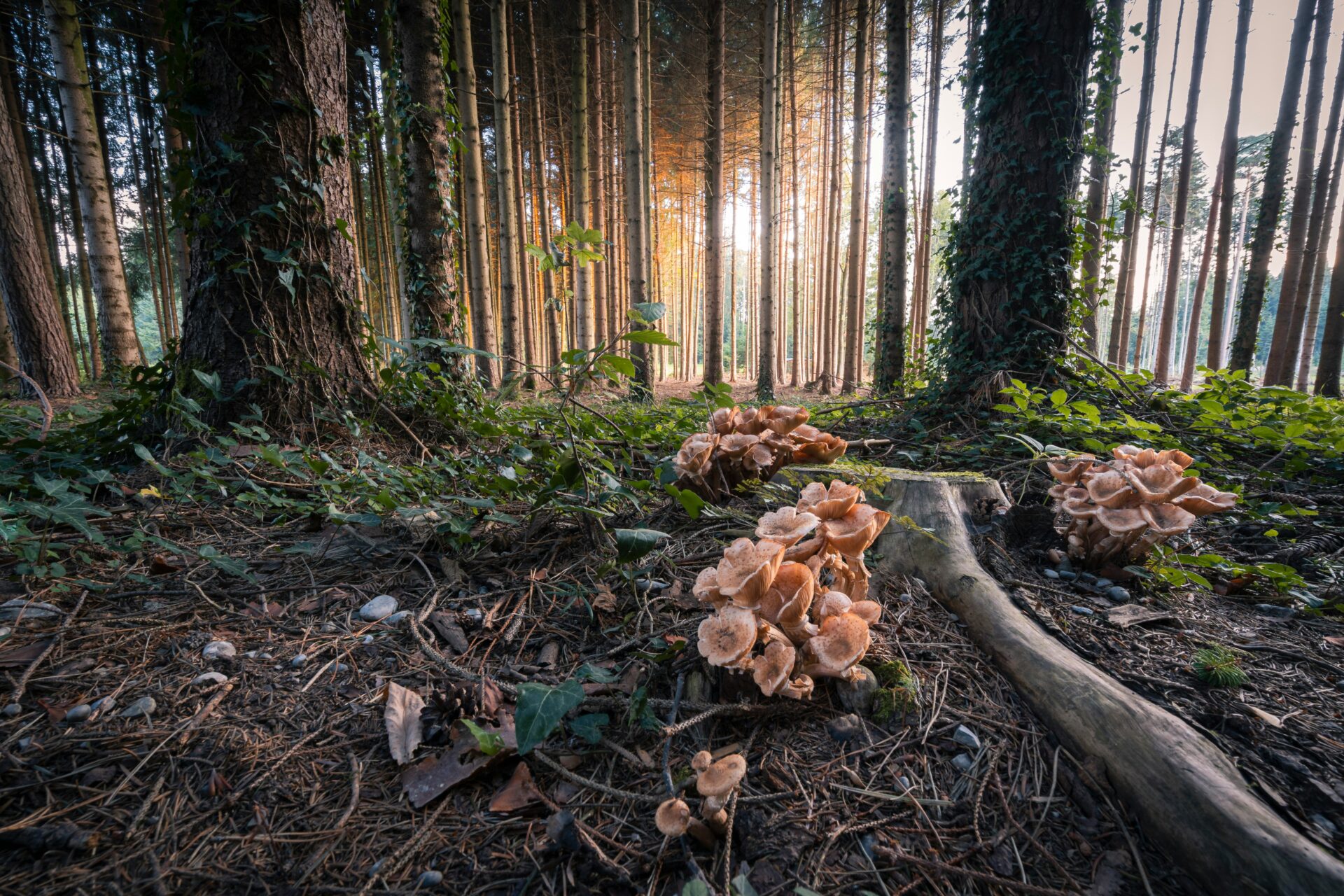They live mostly unseen, beneath our forests, within our soils, and even inside trees, but fungi are now facing extinction on an unprecedented scale.
This week, the International Union for Conservation of Nature (IUCN) announced that the number of fungi species on its Red List of Threatened Species has officially surpassed 1,000 for the first time.
The update follows the assessment of 482 newly evaluated species, bringing the total number of fungi listed to 1,300, with at least 411 now considered at risk of extinction.
Often described as the planet’s ‘underground lifeline,’ fungi are essential to the survival of ecosystems, supporting everything from nutrient cycling and soil health to crop resilience and carbon storage.

Yet despite playing such a foundational role in life on Earth, they have long been overlooked by conservation efforts.
‘Fungi are the unsung heroes of life on Earth,’ said Dr Grethel Aguilar, IUCN Director General. ‘Now, it’s time to turn this knowledge into action and safeguard the extraordinary fungal kingdom, whose vast underground networks sustain nature and life as we know it.’
What’s Threatening Fungi?
The growing list of endangered fungi paints a clear picture of global environmental decline. Deforestation, agricultural expansion, and urban development have all emerged as leading threats, with 198 species at risk due to forest clearing, illegal logging, and land conversion.
In Europe, fertiliser run-off and nitrogen pollution are damaging traditionally rich mycological landscapes. While lear-cutting of old-growth forests in countries like Finland, Sweden, and Russia has wiped out 30 per cent of ancient pine woodlands since the 1970s. This has pushed rare species such as the giant knight (Tricholoma colossus) onto the Red List.

And climate change, too, is playing its part. In the USA, changing fire patterns have reshaped forest compositions in the Sierra Nevada mountains, leaving little room for the likes of the Endangered Gastroboletus citrinobrunneus, which once thrived under now-vanished tree canopies.
Fungi are vital to plant health, forming symbiotic relationships with roots that allow trees and crops to absorb water and nutrients. They are used in medicines, food, and drink, and are increasingly being studied for their role in bioremediation, the process of cleaning polluted environments naturally.
‘While fungi mainly live hidden underground and inside wood, their loss impacts the life above ground that depends on them,’ said Professor Anders Dahlberg, Coordinator of the IUCN Mushroom, Bracket and Puffball Specialist Group. ‘As we lose fungi, we impoverish the ecosystem services and resilience they provide, from drought and pathogen resistance in crops and trees to storing carbon in the soil.’

Dahlberg urged land managers and governments to include these mycological species in conservation planning, suggesting simple practices such as leaving dead wood in forests, avoiding unnecessary tree clearing, and implementing fire-smart forestry management to reduce species loss.
‘It is important that more old-growth forests are protected. Forestry practices should consider fungi, for example leaving dead wood and scattered trees, and proactive forest management can help manage fire intensity,’ he advised.
Despite their importance, fungi remain underrepresented in global conservation databases with only around 1,000 of the estimated 2.5 million species assessed so far.
As the climate crisis accelerates and biodiversity loss worsens, researchers warn that the decline of fungi could have profound ripple effects across entire ecosystems.









